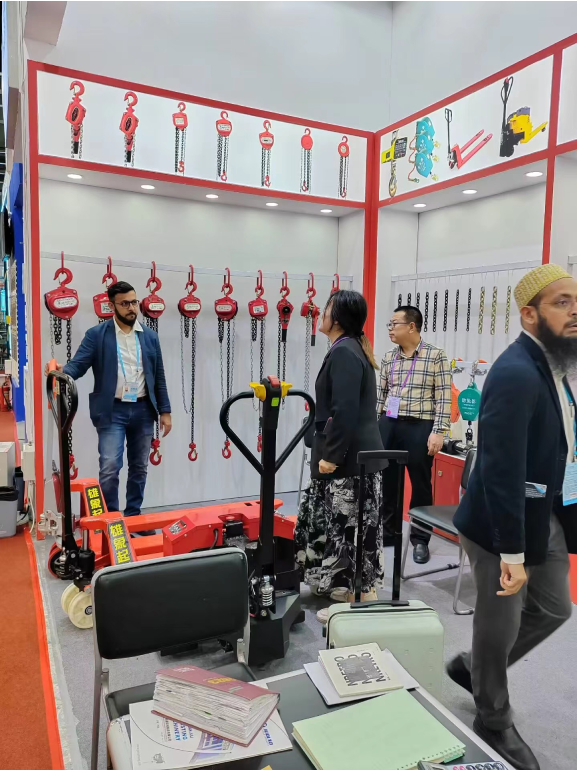


Understanding Crane Scales A Focus on 20-Ton Models
In the world of industrial lifting and material handling, precision is paramount. Whether in construction sites, shipping yards, or manufacturing plants, the efficiency and safety of lifting operations hinge on proper weight measurement. One of the most valuable tools in this regard is the crane scale, specifically the 20-ton crane scale, which serves as a reliable solution for heavy-duty weighing requirements.
What is a Crane Scale?
A crane scale is a type of weighing scale that is suspended from a crane or hoisting mechanism and is designed for measuring the weight of heavy loads. Its applications span various industries such as construction, agriculture, shipping, and manufacturing. The primary advantage of using a crane scale is its ability to provide accurate weight readings while lifting loads, thereby enhancing operational efficiency and safety.
The Importance of 20-Ton Capacity
A 20-ton crane scale is particularly popular in industries that require lifting very heavy materials. It is capable of weighing loads that reach up to 20 tons (approximately 18,143 kilograms), making it an ideal choice for tasks involving large machinery, shipping containers, steel beams, and other substantial materials. The demand for such scales arises from the need to measure heavy loads reliably to prevent accidents and equipment damage.
Applications in Various Industries
1. Construction In construction sites, heavy materials like concrete blocks, steel girders, and large tools are regularly moved. A 20-ton crane scale provides immediate and accurate weight measurements, enabling workers to adhere to safety standards while ensuring that cranes and hoisting equipment are not overloaded.
2. Shipping and Logistics In the shipping industry, correctly weighing containers is crucial for compliance with international transport regulations. Overloading a cargo ship can lead to catastrophic consequences. A reliable crane scale assists port operators in verifying the weight of incoming and outgoing goods before they are loaded or unloaded, maintaining efficiency in logistics operations.
3. Manufacturing In manufacturing environments, especially those that deal with large components, crane scales are used to weigh raw materials and finished products. This ensures accurate production processes and helps in inventory management.

4. Agriculture In agricultural scenarios, a 20-ton crane scale can be used to weigh heavy machinery or bulk loads of produce, facilitating better management of resources and logistics in farming operations.
Features of 20-Ton Crane Scales
Modern 20-ton crane scales come equipped with a variety of features
- Digital Displays Many crane scales include large, easy-to-read digital displays that provide real-time weight readings to the operator, enhancing usability and reducing error.
- Wireless Technology Newer models often feature wireless capabilities, allowing operators to view weight data on remote devices, which enhances safety by keeping personnel clear of potential hazards.
- Rugged Construction Given the environments in which they are used, these scales are built to withstand harsh conditions, including exposure to dust, moisture, and extreme temperatures.
- Calibration Options Calibration is essential for accuracy. Many 20-ton crane scales come with calibration settings that allow users to regularly check and adjust their scales as needed.
Conclusion
The 20-ton crane scale is an indispensable asset in many industries, enhancing safety and efficiency by providing accurate weight measurements of heavy loads. With advancements in technology enabling improved features such as digital displays and wireless functionality, these scales have become more user-friendly and reliable. As industries continue to evolve, the utilization of crane scales—particularly those with higher tonnage capacities—will undoubtedly play a critical role in future operations.
Investing in a quality 20-ton crane scale can not only streamline processes but also ensure compliance with safety regulations, reduce the likelihood of accidents, and ultimately save costs associated with overloading and equipment damage. In a world that increasingly prioritizes efficiency and safety, the role of a crane scale cannot be overstated, making it a wise consideration for businesses engaged in heavy lifting and material handling.



